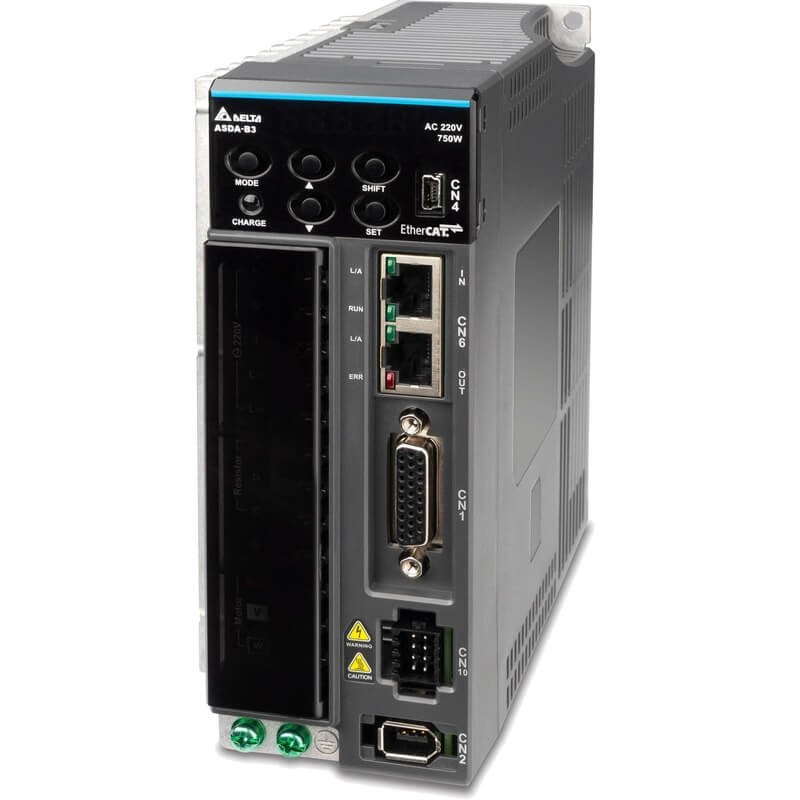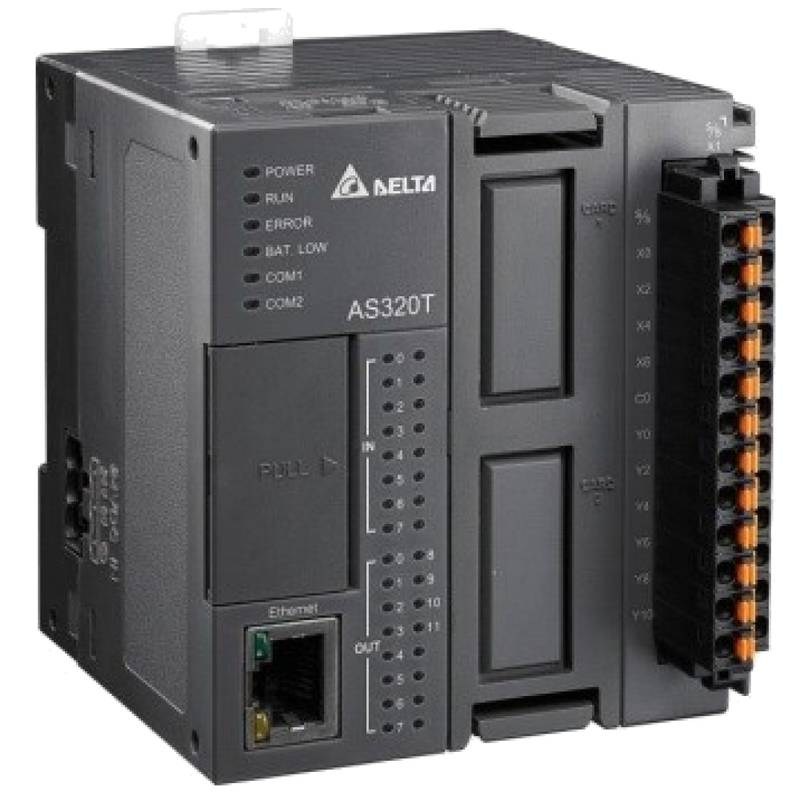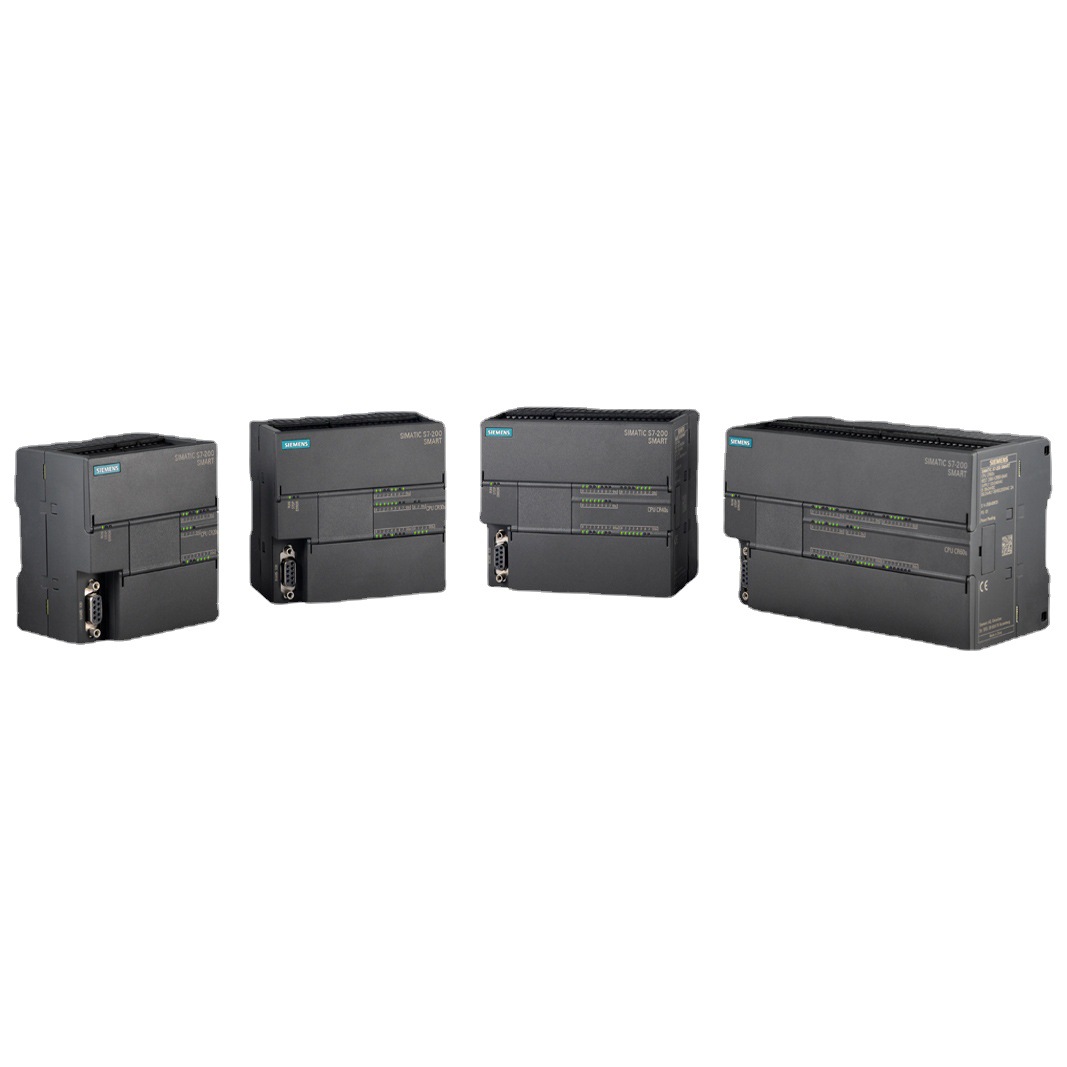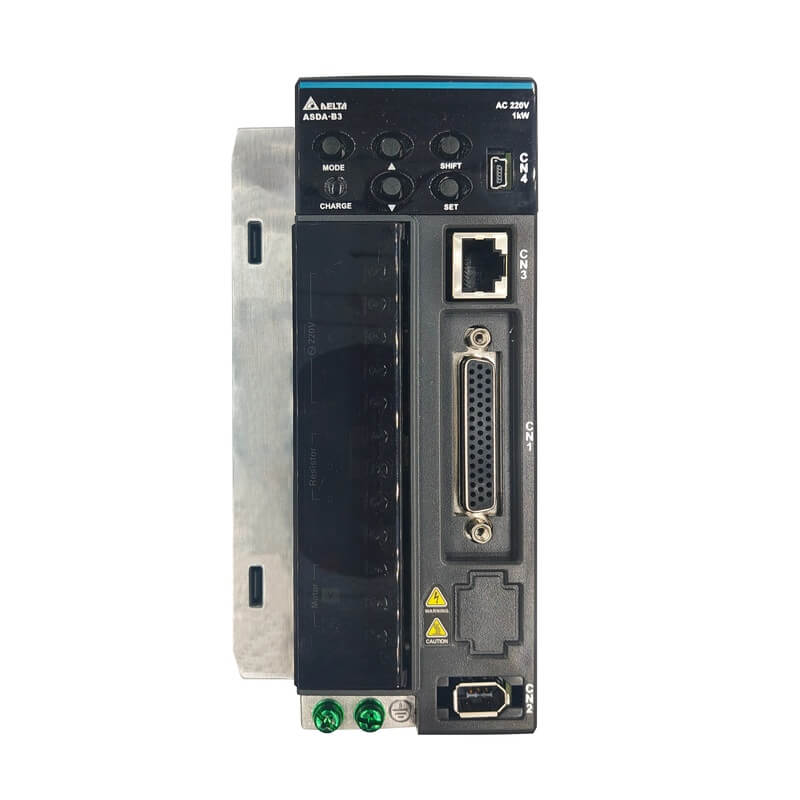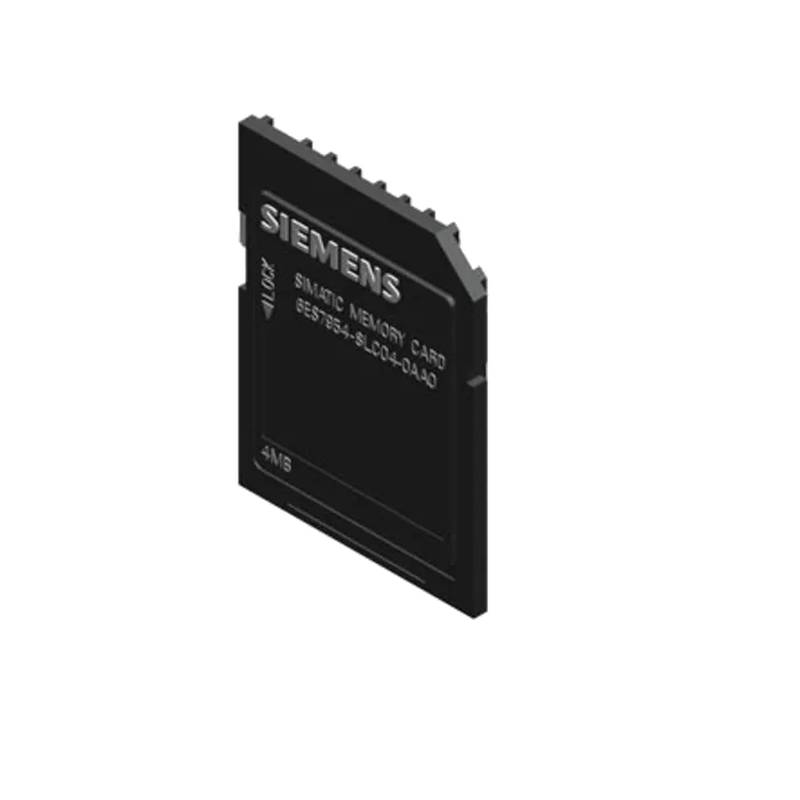
The Siemens 1FL6032-2AF21-1LA1 stands as a testament to advanced motion control, offering low inertia and high dynamic performance crucial for demanding industrial automation tasks. This servo motor integrates seamlessly into modern manufacturing environments, enabling precise and rapid movements essential for robotics, machine tools, and packaging machinery. Key advantages include its compact design, high power density, and exceptional responsiveness, ensuring optimal throughput and product quality.
Product Specifications
| Feature | Specification |
| :-------------------- | :------------------------------------------------- |
| Motor Type | Low Inertia Servo Motor |
| Series | 1FL6 |
| Frame Size | 32 |
| Voltage Class | 400V |
| Enclosure | IP65 |
| Shaft Type | With keyway, shaft seal |
| Brake | Holding brake (24V DC) |
| Encoder | Multi-turn absolute encoder (32768 increments/rev) |
| Cooling | Natural convection |
| Rated Speed | 6000 rpm |
| Rated Power | 0.75 kW |
| Rated Torque | 1.2 Nm |
| Peak Torque | 3.8 Nm |
| Inertia | 0.00012 kgm² |
Core Features & Market Positioning
The Siemens 1FL6032-2AF21-1LA1 distinguishes itself through its inherently low rotor inertia, a critical factor enabling rapid acceleration and deceleration cycles. This characteristic directly translates to enhanced productivity and precision in high-speed applications. Its high dynamic response is further augmented by the integrated multi-turn absolute encoder, which provides precise position feedback without the need for homing routines upon power-up, significantly reducing commissioning time and operational complexity. The motor's robust construction, including an IP65 enclosure, ensures reliable operation even in harsh industrial environments, positioning it as a durable and dependable choice for mission-critical systems.
Key Application Scenarios
This servo motor is ideally suited for applications demanding swift and accurate motion control. It excels in robotic arm movements where high acceleration and deceleration are paramount for cycle time reduction. In the machine tool industry, the Siemens 1FL6032-2AF21-1LA1 facilitates precise positioning for cutting, drilling, and assembly operations. Packaging machinery benefits from its high dynamics for rapid product handling and placement. Furthermore, it is a strong candidate for automated guided vehicles (AGVs) and other material handling systems that require responsive and efficient movement.
Practical System Integration Guidance
Integrating the Siemens 1FL6032-2AF21-1LA1 into a motion control system typically involves connection to a compatible Siemens servo drive, such as the SINAMICS V90 or S120 series. The motor's encoder feedback cable and power cable require secure connections to the drive. For optimal performance, motor tuning parameters within the servo drive software are essential and should be adjusted based on the specific application dynamics, load inertia, and desired response characteristics. Consult the drive's technical documentation for detailed wiring diagrams and commissioning software procedures.
Operation and Risk Mitigation
Safe operation of the Siemens 1FL6032-2AF21-1LA1 necessitates adherence to electrical safety standards and proper installation practices. Ensure the motor is correctly grounded and connected to a protected power supply. The integrated holding brake provides an additional layer of safety, preventing unintended movement when power is removed or during emergency stops. Common troubleshooting may involve checking encoder connections for signal integrity or verifying motor phase connections to the drive. Consult the Siemens documentation for specific fault code interpretations and resolution steps.
Scalability & Long-Term Value
The Siemens 1FL6032-2AF21-1LA1 offers significant long-term value through its compatibility with the broader Siemens automation ecosystem. This allows for seamless integration into larger, more complex systems and facilitates future upgrades. Its performance characteristics make it suitable for evolving automation needs, and its robust design ensures a long service life. Integration with Siemens' digital solutions, such as those found in the SINAMICS family, enables advanced diagnostics, predictive maintenance capabilities, and connection to Industrial Internet of Things (IIoT) platforms, enhancing operational efficiency and enabling data-driven decision-making.
FAQs
What is the primary advantage of low inertia in servo motors?
Low inertia allows for rapid acceleration and deceleration. This directly translates to faster cycle times in automated processes.
It enables higher precision movements and quicker settling times. This is crucial for dynamic applications.
This characteristic reduces the required torque for dynamic maneuvers. It contributes to overall system efficiency.
How does the absolute encoder benefit system operation?
The absolute encoder provides precise position data without homing. This eliminates a time-consuming setup step upon power-up.
It maintains position information even when power is lost. This ensures immediate operational readiness.
This encoder type offers very high resolution for fine movements. It enhances overall control accuracy and repeatability.
What types of applications are best suited for the Siemens 1FL6032-2AF21-1LA1?
High-speed robotic movements benefit greatly from its dynamic response. This improves manufacturing throughput significantly.
Precision positioning in CNC machines and grinders is another key area. It ensures accuracy in material removal or placement.
Automated packaging and labeling equipment utilize its rapid acceleration. This optimizes product handling efficiency.
What servo drives are compatible with this motor?
Siemens SINAMICS V90 servo drives are a common pairing. They offer a cost-effective solution for many applications.
Siemens SINAMICS S120 drives provide advanced capabilities. They are suitable for complex, high-performance systems.
Always ensure the drive's power and control specifications match the motor's requirements. Proper selection ensures optimal performance.
How is the holding brake utilized for safety?
The holding brake engages when power is removed from the motor. It prevents unintended movement of the driven load.
It is crucial for safety during emergency stops or power outages. This protects personnel and equipment from potential hazards.
The brake can be controlled via the servo drive. This allows for integrated safety functions within the automation system.
What does IP65 enclosure rating signify for this motor?
An IP65 rating means the motor is dust-tight and protected against water jets. It ensures reliable operation in challenging environments.
This protection level is vital for applications in dusty or wet industrial settings. It prevents ingress of contaminants that could cause damage.
This robust enclosure contributes to the motor's longevity. It reduces the likelihood of premature failure due to environmental factors.
Can this motor be used with non-Siemens control systems?
While optimized for Siemens drives, integration with third-party systems is possible. This requires careful consideration of interface compatibility.
External encoder interfaces and motor feedback protocols must be matched. This often involves additional hardware or custom configurations.
Consult detailed technical specifications for both motor and controller. Verify compatibility before attempting integration.
What is the significance of the motor's rated torque?
Rated torque indicates the continuous torque the motor can deliver at rated speed. It's a measure of its sustained output power.
This value is critical for ensuring the motor can handle the continuous load of an application. It prevents overheating and premature wear.
For dynamic loads, peak torque capability is also important. This motor offers a peak torque of 3.8 Nm.
How important is motor tuning for this servo motor?
Motor tuning optimizes the servo drive's control loop parameters. It ensures smooth and accurate operation for the specific load.
Proper tuning minimizes overshoot and oscillations. It leads to better performance and reduced mechanical stress.
Incorrect tuning can lead to instability, poor response, or even system faults. It is a critical step in commissioning.
What are the benefits of multi-turn absolute encoders in industrial settings?
Absolute encoders know their position immediately upon power-up. This eliminates the need for a homing sequence, saving time.
They retain position information even if power is lost. This ensures continuous operation without recalibration.
Multi-turn capability allows for tracking positions over multiple revolutions. This is essential for applications with large ranges of motion.

















